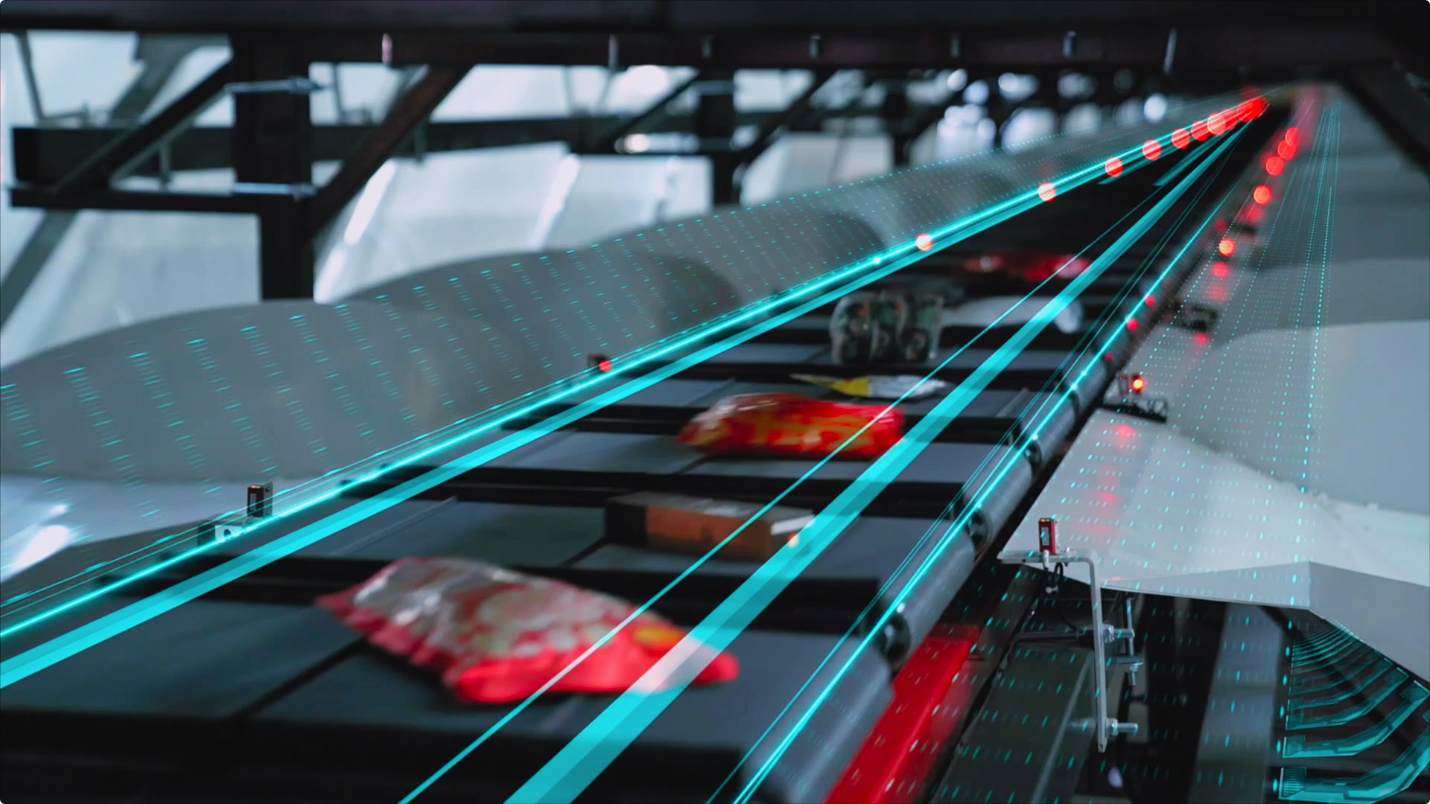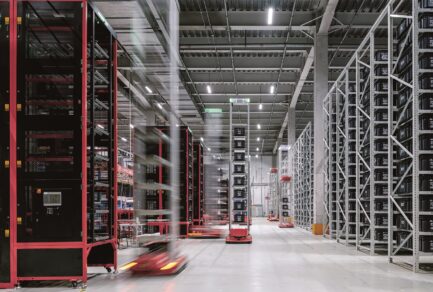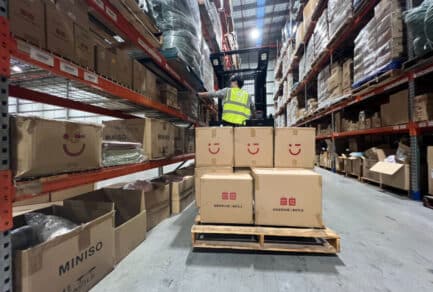Jun 17, 2020|
JD Deploys Asia’s First Integrated Smart and Flexible Production Logistics Park in Tianjin
by Ling Cao
On June 16, JD announced the deployment of a fully-integrated Beidou Smart and Flexible Production Logistics Park in Tianjin’s Wuqing District, which is the first of its kind in Asia, and all R&D is developed in-house by JD.
The warehouse is most suitable for fulfilling and managing orders spanning multiple categories at a large scale.
Zhenhui Wang, CEO of JD Logistics said, “Leveraging our experience in smart technology innovation and application in various scenarios, JD Logistics has built an integrated supply chain technology platform covering underlying technology, software and hardware systems, as well as smart supply chain, which can be opened to other partners as basic building blocks.”
Video download link: https://jdcorporateblog.com/wp-content/uploads/2020/06/JD-Deploys-Asia%E2%80%99s-First-Integrated-Smart-and-Flexible-Production-Logistics-Park-in-Tianijn.mp4
The key characteristic of this warehouse is its brand new operation processes and management infrastructure, achieving full cycle intelligent self-status recognition, automatic diagnosis and dynamic optimization. Based on IoT and AI, it deeply integrates cutting-edge technologies: deep learning, big data, operational research, machine vision recognition and digital twin models, enabling it to be able to deal with millions of SKUs, high concurrency throughput and high flexibility to process peak time volume and optimize resource usage, covering hundreds of categories including electronics, apparel, baby and maternal, cosmetics, and food In addition, the model has high replicability and low investment costs, and JD is willing to open the core technology to merchants, extending its value to the rest of the industry.
Kun Wang, head of JD’s BeiDou Smart Flow-picking Innovation Warehouse said, “If a large enterprise can use our model and put it into large scale operation, it will save them tens of millions of RMB each year.”
Unlike a traditional warehouse which picks goods based on orders, the new warehouse use the industry-leading flow-picking model, which picks goods based on products, and changes manual static picking tasks into fully automatic dynamic tasks. In this way, it maximizes the number of items picked on a single trip, thus increasing picking density, shortening the walking distance of warehouse workers, reducing the number of picking trips, and eventually improving picking efficiency and reduce labor intensity.
Behind the scenes, this seemingly simple picking process is powered by a complex and automatic production and operations management system. Through writing 12.6 million lines of code, JD has redeveloped the warehouse management system in this warehouse so that people, goods and scenarios can be managed through a single, core system.
As for hardware, the warehouse consists of tens of thousands of components, including chips, sensors, cameras, barcode readers, and smart sorting system, and its operations are fully supported by IoT. All of the products, containers and the sorting system operate based on instructions from the core system.
Instructed by the core system, 800 smart sorting trolleys on a sorting rail can do dynamic route planning with 99.99% accuracy. With this new innovation, customers around the Beijing-Tianjin-Hebei region can enjoy the benefits of having orders fulfilled 2-3 hours faster than previously.
The new warehouse also changed the traditional operation management model which is mainly managed by manpower, to a new automatic and flexible model. It can achieve real-time operation status perception for the warehouse, real-time labor and hardware resource allocation, and real-time risk forecast and contingency plan creation.
For example, it can determine how many workers and devices are needed in certain time period, accurate to an hour, even for a dynamic efficiency adjustment. Especially during peak times like 618, it can recommend several coping plans to ensure stability. In addition, leveraging smart algorithms, the new warehouse can continuously self-learn and self-optimize, improving operation and management capabilities over time.
JD Logistics manages tens of millions of SKUs (Stock Keeping Units) in its warehouses, covering almost all categories in the retail industry and maintained an inventory turnover rate that is higher than the industry average, all attributed to the continuous development of smart and digitized infrastructure.







 Carol Fung: JD FMCG Omnichannel’s Role in Helping Customers “Eat, Drink & Live” Better
Carol Fung: JD FMCG Omnichannel’s Role in Helping Customers “Eat, Drink & Live” Better



